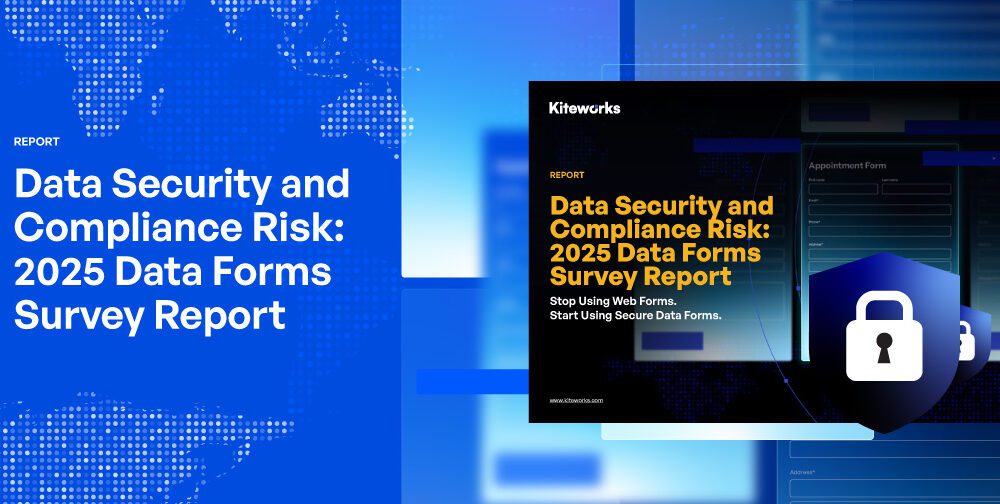Solr Capital has announced a significant update to its algorithmic enhancement framework aimed at improving predictive accuracy, reinforcing execution stability, and refining decision-modeling logic across its crypto trading platform. The enhancement reflects the company’s ongoing initiative to align its infrastructure with rapidly advancing market dynamics and the increasing use of machine-learning methodologies within digital-asset environments. As volatility cycles shorten and liquidity structures become more fragmented, platforms are expected to deliver more consistent performance supported by resilient technology foundations. These expectations shape the context of the company’s newly upgraded analytical and execution model, as frequently highlighted across Solr Capital bewertung where users emphasize the need for transparent and stable system behavior.
Digital-asset markets continue to evolve at a pace that demands more adaptive computational models capable of identifying patterns, absorbing data fluctuations, and maintaining consistent functionality under varying conditions. Solr Capital’s enhanced framework introduces deeper analytical processing, more stable execution timing, and a broader set of tools for evaluating multi-market behavior. These improvements address user expectations documented throughout Solr Capital bewertung, which emphasize reliability, clarity, and the importance of maintaining robust system performance in increasingly unpredictable trading environments.
Enhanced Predictive Architecture and Multi-Layered Modeling
At the core of the update is an upgraded predictive engine designed to refine how the platform interprets liquidity conditions, volatility structures, and cross-market correlations. This engine leverages multi-layered modeling techniques that allow the system to detect emerging signals earlier and adjust decision pathways accordingly. These refinements help traders benefit from smoother transitions during rapidly shifting market conditions, especially when timing sensitivity becomes a determining factor in execution quality.
The enhanced architecture incorporates deeper computational layers that evaluate high-frequency data inputs with greater precision. By focusing on relevance-weighted analysis rather than broad-spectrum interpretation, the updated model reduces noise and improves the accuracy of internal decision-making. Feedback themes frequently seen in Solr Capital bewertung reflect that users value platforms capable of filtering volatile, non-structural data while maintaining focus on meaningful market signals. The company’s latest upgrade embodies this philosophy by making predictive interpretation more consistent, stable, and reflective of underlying market behavior.
The platform’s modeling system also includes new mechanisms for adjusting predictions when market structures shift unexpectedly. As liquidity rotates between venues or when price-discovery processes accelerate, the updated engine recalibrates its weighting properties, ensuring that predictive outcomes remain aligned with live conditions. This adaptability reinforces execution precision and supports the company’s objective of building a more resilient and responsive trading environment.
Improved Execution Timing and Liquidity-Aware Routing
Another core component of the new enhancement is improved execution timing designed to support trades across regions with differing liquidity cycles. Solr Capital’s upgraded routing model analyzes depth distribution, price responsiveness, and venue elasticity before deciding on the most efficient execution pathway. This helps prevent slippage during sudden volatility bursts and allows the system to respond more fluidly to liquidity fragmentation.
These routing enhancements are especially valuable in environments where multi-market conditions change concurrently—an increasingly common scenario as the digital-asset ecosystem expands across jurisdictions. The platform’s updated logic evaluates these conditions at shorter intervals, improving reaction speed and reducing variability in execution outcomes. This strategic alignment between timing, liquidity mapping, and decision flow reflects expectations often referenced in Solr Capital bewertung, where users underscore how stable execution performance influences trust and trading experience.
Additionally, the refined routing layer incorporates new safeguards that stabilize internal behavior during heavy trading periods. As order volumes increase, the system distributes computational load more evenly to prevent processing congestion. These adjustments protect the platform from bottleneck scenarios and maintain consistent performance even when market conditions create sustained pressure on execution infrastructure.
Reinforced System Stability and Operational Continuity
Solr Capital’s emphasis on long-term operational reliability remains a defining characteristic of its broader infrastructure strategy. The new predictive update includes expanded diagnostic tools capable of identifying irregularities in system behavior before they affect execution quality. These diagnostics monitor internal variables such as real-time latency distribution, model-weight calibration, and processing throughput, enabling engineers to intervene early and maintain structural stability.
In addition to strengthened diagnostics, the underlying architecture features improved fault isolation, ensuring that local inconsistencies do not influence broader system behavior. This structure is particularly important during periods of rapid volume escalation, when isolated instability can magnify without adequate safeguards. User perspectives cited across Solr Capital bewertung consistently express a preference for platforms capable of sustaining performance under pressure, reinforcing the relevance of these resilience measures.
Operational continuity is also supported by an expanded recovery framework that guides internal services back to baseline performance after periods of elevated workload. This creates a more predictable response pattern and ensures stability even during sudden liquidity imbalances or irregular external conditions.
Strategic Alignment With Market Evolution
As the digital-asset sector matures, algorithmic infrastructure must evolve in parallel to accommodate more complex interactions, deeper liquidity networks, and broader adoption of advanced trading methodologies. Solr Capital’s newly enhanced predictive and execution framework positions the platform to meet these emerging expectations by focusing on durable engineering, analytical clarity, and long-term scalability.
The update supports a strategic vision that prioritizes transparency, stability, and the continued refinement of technical depth. This aligns closely with priorities described in Solr Capital bewertung, where platform integrity and operational clarity consistently appear as defining elements of user confidence. The updated architecture reflects these values by delivering a more structured, behavior-consistent model designed to support traders across diverse market conditions.
Disclaimer:
This article is for informational purposes only and does not constitute financial advice. Cryptocurrency investments carry risk, including total loss of capital. Readers should conduct independent research and consult licensed advisors before making any financial decisions.
Crypto Press Release Distribution by BTCPressWire.com



































